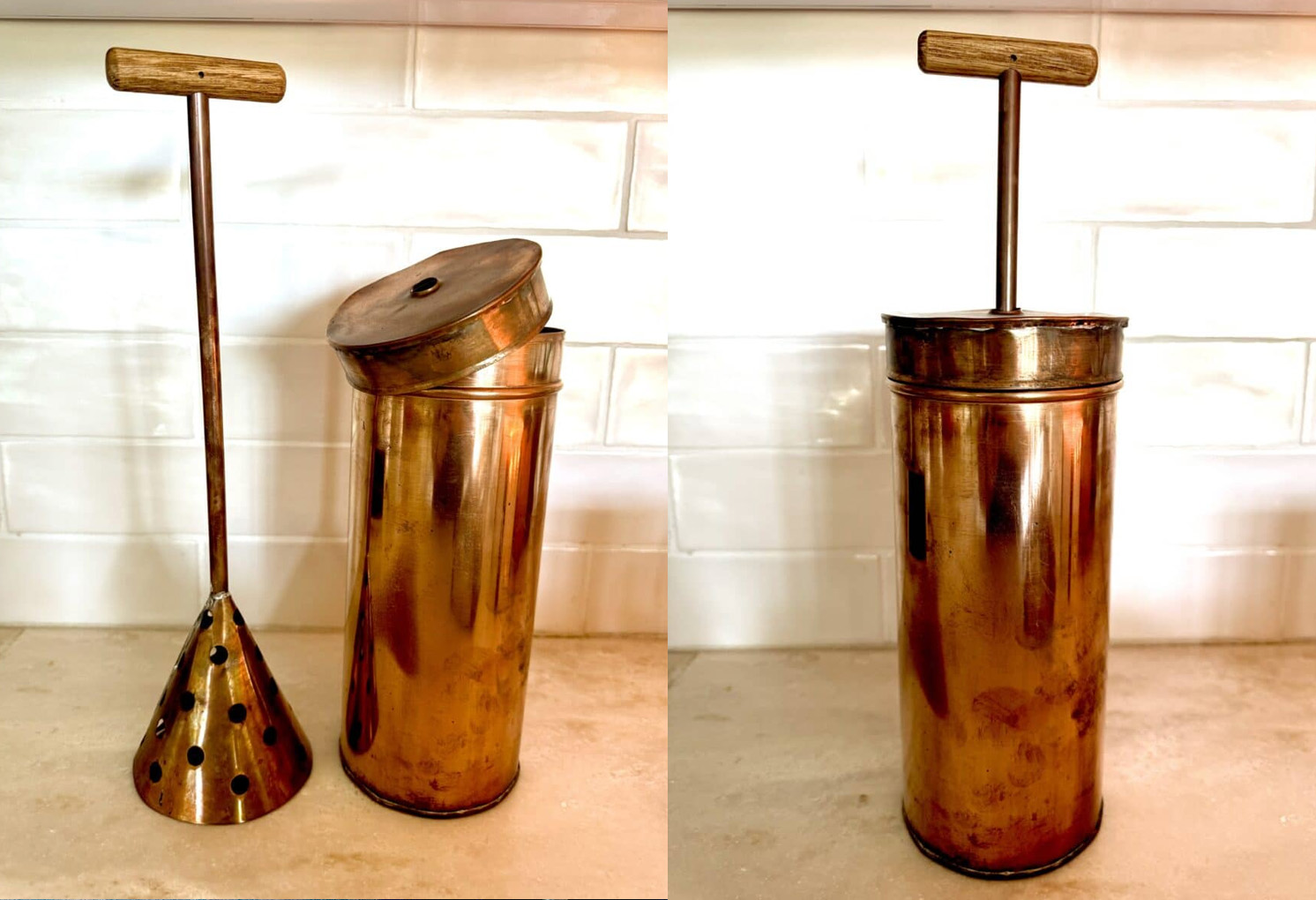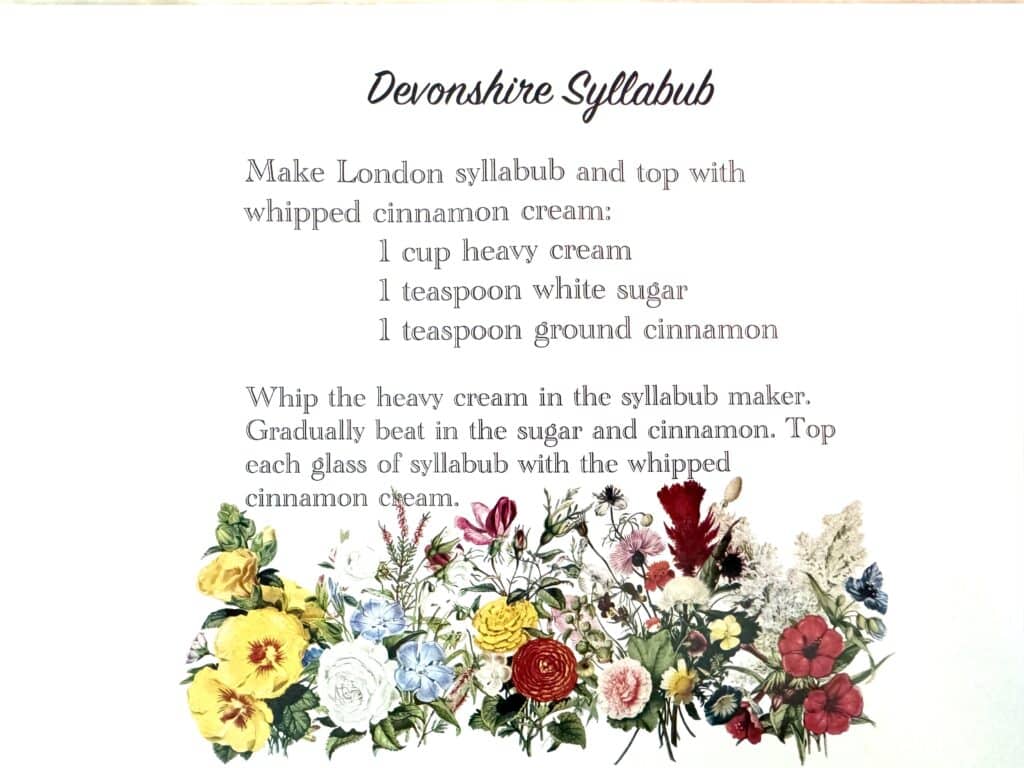As a cookware coppersmith, I find that requests for interesting builds are common: a tiny 2” funnel, a 20” wide copper pot that is so huge it won’t fit on any stove, or the repair of a 350-year-old copper chocolate pot. Even items unrelated to cookware fall across my desk, such as steam engine valves and car grills that look like Chitty-Chitty Bang Bang — I don’t do those!
But sometimes I see old items in books and wonder if it’s possible for me to make them just for fun, to see if they’re feasible.

These types of builds are tricky for a variety of reasons. Usually there are no measurements provided with the photos or drawings, so I have to guess on dimensions and do the math from there. There are often a few black and white photographs or descriptions that aren’t even in English. Like most things in traditional coppersmithing, there’s no real roadmap and that makes it both a challenge as well as something to attempt without too much pressure to ‘get it right.’
A while back, I saw an old photograph of a syllabub maker. Combined with the discovery of a vintage out-of-print cookbook that had a recipe for London and Devonshire syllabub, I thought it was time to try my hand at building a syllabub maker.

The original syllabub makers were made of tin plate (steel sheet metal that was traditionally hot dipped in liquid tin, and now is electroplated on – the tin protects the steel from rusting as tin is non-ferrous). I chose to make mine entirely out of copper, from the body to cover to whisk.
A syllabub maker is essentially a tiny sort of butter churn. The recipe is boozy dairy, meant to be whisked together to create a sort of froth, with creamy spice added depending on the recipe. And while it’s simple enough to whip together, it takes a lot of elbow grease to do. Building the body was simple, too, in that it is a cylinder and a handful of lap seams on the side and base gave me the body. The lid, too, was easy enough to build.

It was the whisk that created trouble. The original whisks have enormous holes, and I had to get the math correct with a frustrum of a cone to get the shape and make sure it fit like a glove inside the syllabub’s body. But the hardest part of all was sourcing handmade wooden handles for the top of the whisk. An 1820s reenactor was able to help me in the end, and finally, voila, the syllabub maker existed once again.
The trouble now is getting people to know what syllabub is! I’ve included the recipe for both London and Devonshire syllabub. It is heavy on the dairy, and also the spice. Part of that is because in the days before refrigeration, dairy often went off and a little rancid before you could use it. Folks hid that “slightly off” flavor by over-seasoning and over-spicing recipes. So, like with all historic recipes, go with taste!

And don’t worry – if you can’t find a syllabub maker, just use a bowl and a whisk. In the end, it’s just a lot of elbow grease. ![]()
